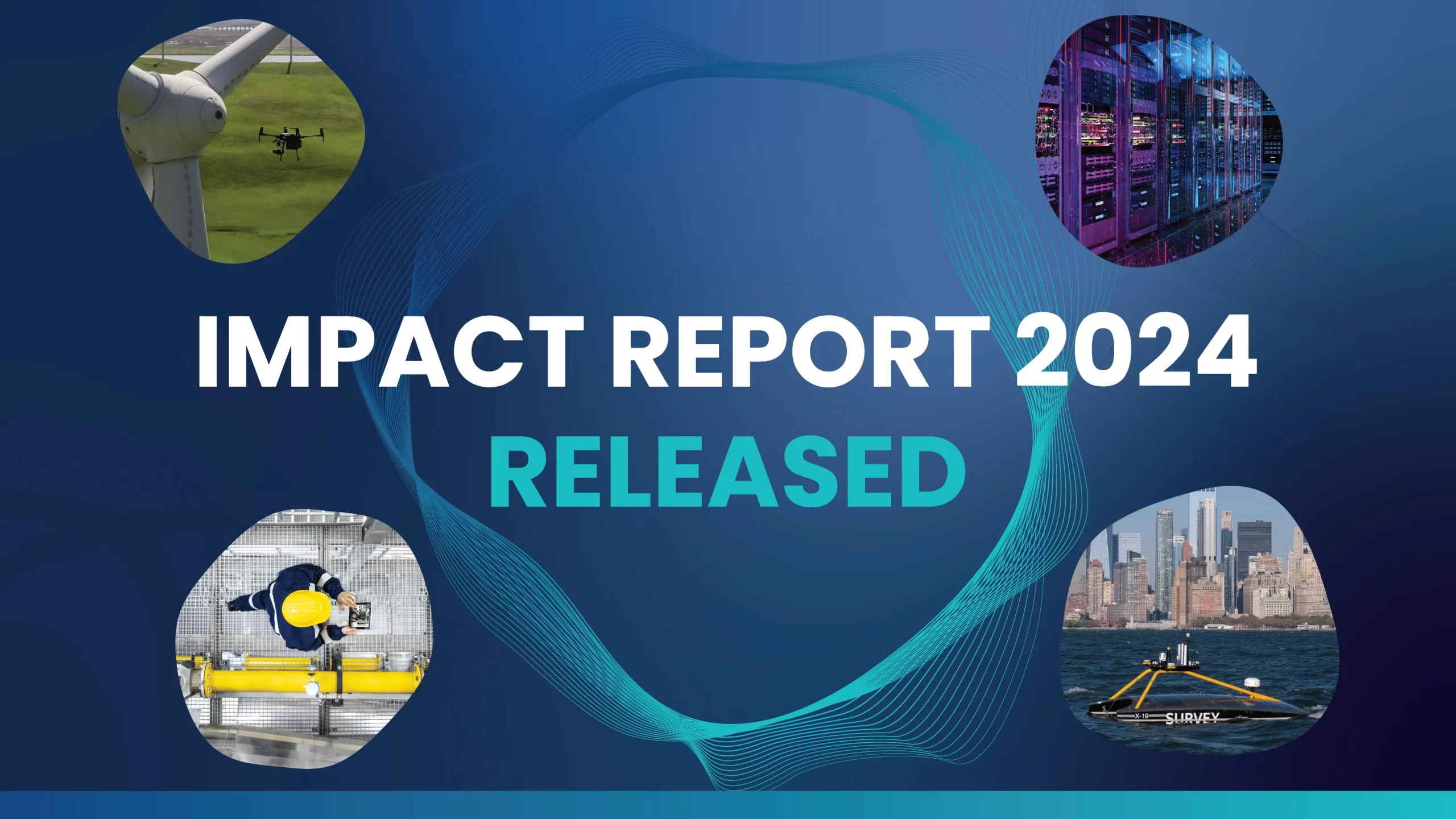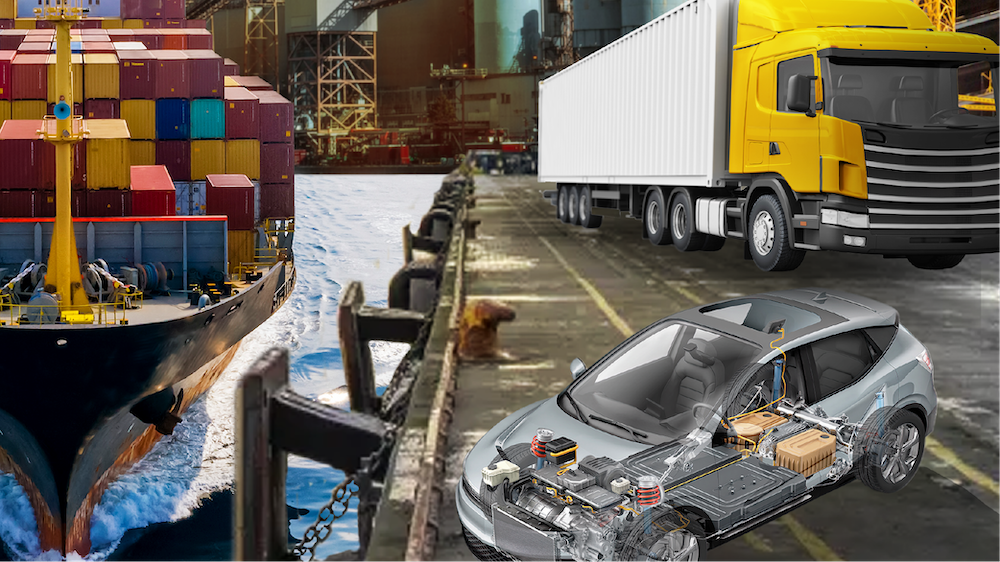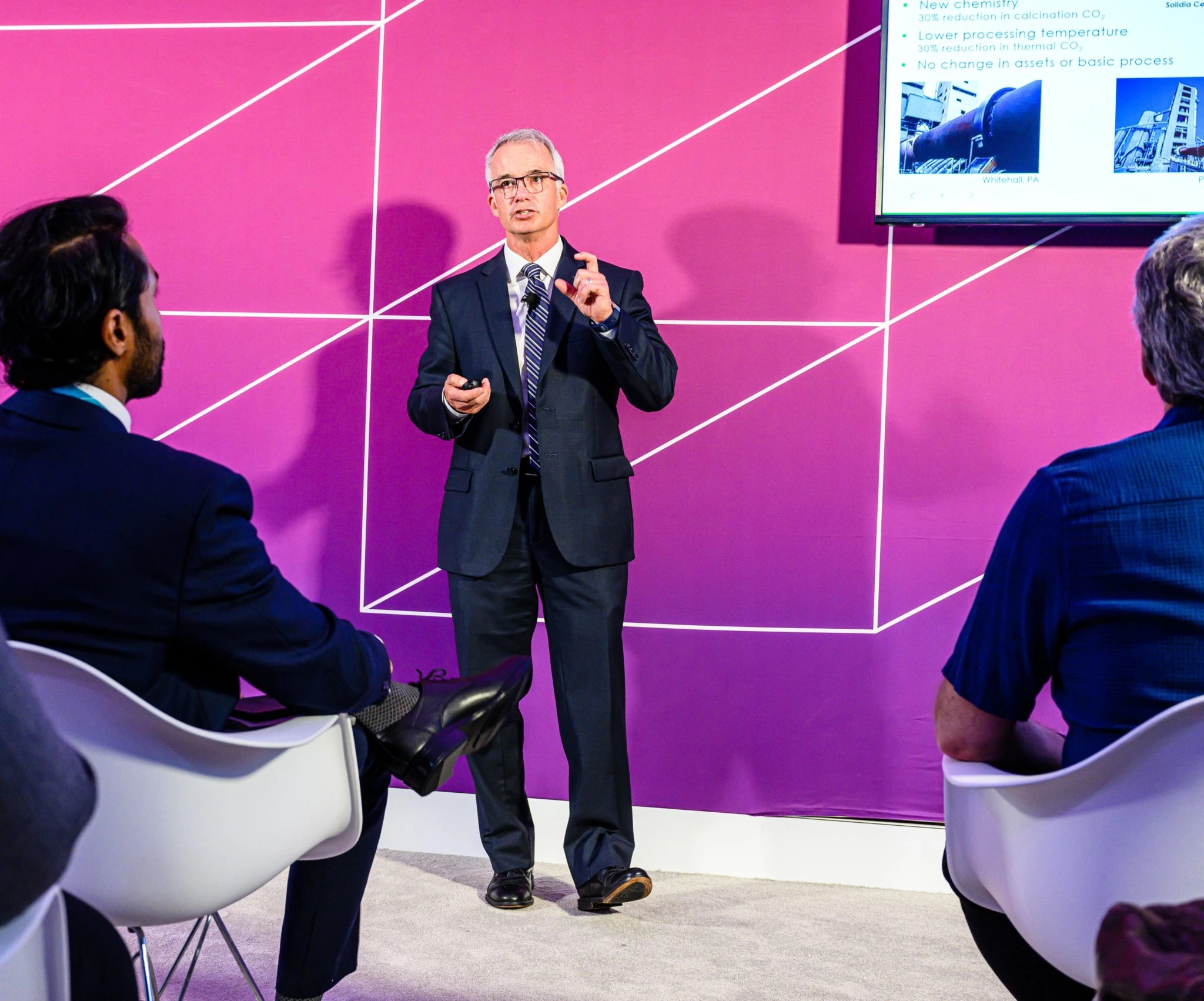

This is the concluding article of our series on carbon dioxide (CO2) reduction. In the previous articles, we discussed the scale of the global challenge, our approach to developing our CO2 reduction Investment Portfolio and how we look at the diversity of the sectors we are investing in to deliver most impact. In this final article, we take a deep dive into our differentiated commercialization approach.

OGCI Climate Investment is not a classic investment firm. We are focused on delivering GHG reduction at scale across multiple industries, focused on the under-invested and heavy-emitting sectors. Our team has deep expertise in investments, research, technology and operations, and we have access to industry – oil and gas, as well as multiple other sectors, including the wider energy ecosystem. We have a dedicated team focused on strategy, with tremendous depth of understanding policy, mapping and leveraging policy incentives. And we have been a leader in developing climate impact measurements.
We wrap these distinguishing factors around our portfolio companies to help amplify their message, refine and evolve their strategic plans and market strategy, leverage our relationships to access potential customers across different sectors, to accelerate awareness of their solutions, and initiate pilots for their solutions with a view to converting those pilots into commercial contracts. We have the ability to propel a company forward faster in a way that allows it to be successful, to deliver impact profitably and at scale.

When you have a great idea, it’s always difficult to transition to implementation…OGCI CI appreciates that, it understands that space, and that’s very helpful
Russell Hill, Solida Technologies CEO
Our portfolio company Solidia Technologies provides solutions to decarbonize the cement and construction industry, which is a huge emitter but which has been under-invested in. Concrete is essential in constructing roads, infrastructure and buildings, and cement is the ‘glue’ that holds concrete together. “Cement accounts for about 15% of the total concrete, but it’s well over 80% of the CO2 footprint for concrete,” Solidia’s CEO, Russell Hill, Ph.D., says. Solidia developed a new formulation for making cement, where it changed the proportions of the ingredients, but not the ingredients themselves. And concrete made with Solidia Cement also uses CO2 and not water as a reactor, with CO2 getting permanently locked in the concrete. As a result of these changes, CO2 emissions are halved through the whole process. Solidia now has tested and proven the feasibility with about 40 pilot demonstrations across a dozen countries.
“As a start-up technology company, the challenges are getting connected to the customer and to getting to scale, and OGCI CI gives us the opportunity to interact with industry through its contacts and connections,” Hill says. “When you have a great idea, it’s always difficult to transition to implementation, because customers want ‘big’ to begin with. But you have to start really small to get big, and OGCI CI appreciates that, it understands that space, and that’s very helpful.”
OGCI Climate Investment has developed a differentiated approach to help our portfolio companies address their growth needs, be it market access, strategic planning or quantification of performance. Many of these companies are early in their technology maturity stage; we try to help them plan and expand their early commercial performance to large-scale growth, to benefit from economies of scale.
Paths to growing a business differ in different parts of the world and different sectors of the economy, and we can help, because of our broad industry understanding and knowledge of how different markets and geographies work. Our post-investment focus is not just around emissions improvement and accelerating impact, but also about operating performance, which is fundamental to a company’s overall potential impact.

READ: Achates Power case study – Near-zero heavy duty diesel engine enters fleet service.
Our portfolio company Achates Power’s opposed-piston engine design is more efficient than conventional engines, so that an engine consumes less fuel and emits commensurately less CO2. In recent in-use benchmarks by a leading global retailer, for example, a heavy-duty truck operating with one of Achates’s diesel opposed-piston engines saved more than 10% of the fuel compared with a best-in-class conventional diesel engine.
And because Achates’s opposed-piston engine design is mechanically simple and eliminates many of the parts found in conventional engines, it costs less to manufacture. This means a customer purchasing an opposed-piston engine for a long-haul heavy truck or off-road equipment could pay less for the engine and save money operating it. “As we search for ways to decarbonize our economy, solutions that deliver CO2 savings and costs savings have an obvious appeal, since once they are broadly available, they will be quickly adopted and deliver immediate and practical environmental benefit,” Achates’s Executive Vice President for Business Development and Chief Commercial Officer, Larry Fromm says. “OGCI CI’s investment in Achates Power allowed the company to develop and demonstrate its technology.”

The modernization of the world’s motors is essential to driving down the world’s demand for energy, ultimately reducing carbon footprint, pollution, and business energy expenses
Ryan Morris, Turntide CEO
Our portfolio company Turntide produces an integrated hardware and software electric motor product that enables electrification and improves energy efficiency in commercial, industrial and mobility applications. “If we replaced the world’s motors, just in buildings, with Turntide’s Smart Motor System, global carbon emissions would be reduced by roughly 2.3 Gt per year – equivalent to adding seven new Amazon rainforests to the world,” Turntide CEO Ryan Morris says. His company’s goal is to eliminate the 25% of global electricity consumption that is wasted today by legacy electric motors, and to accelerate the electrification of petroleum-based industrial vehicles. “The modernization of the world’s motors is essential to driving down the world’s demand for energy, ultimately reducing carbon footprint, pollution, and business energy expenses,” Morris says.
As an example, US bank Fifth Third Bank has deployed Turntide’s technology at its 300+ locations across the country, resulting in 15% reduction in energy use that translates to $500,000 per year in energy bill savings.
A company with a new technology or a new product offering often struggles to get any traction in the marketplace. OGCI Climate Investment can help – facilitating and helping our investees navigate deployment opportunities within our member company base, and beyond that within our extensive networks. This can provide the company with opportunities to land some of those first field trials, which is always one of the hardest pieces, and then onwards towards those crucial early commercial contracts. From proof of concept, the scale potential becomes easier to map and for the OGCI CI team to marshal its collective expertise to accelerate and deliver it.
This article concludes our series on CO2 reduction. We looked at why this matters and showed how OGCI Climate Investment is investing in and supporting the growth of commercially viable, scalable and impactful solutions that have the potential to drive significant GHG emissions reduction.
Some of the technologies referenced in this series are trademarked by the company in question. All rights reserved.
Are you looking to measure the GHG emissions of your own businesses or portfolios? Join Project FRAME, a collaborative coalition that is developing an open-source methodology and framework for measuring forward-looking GHG emissions. It’s free to join and open to all. It aims to make available common standards to enable investors to compare emissions reduction claims consistently.



